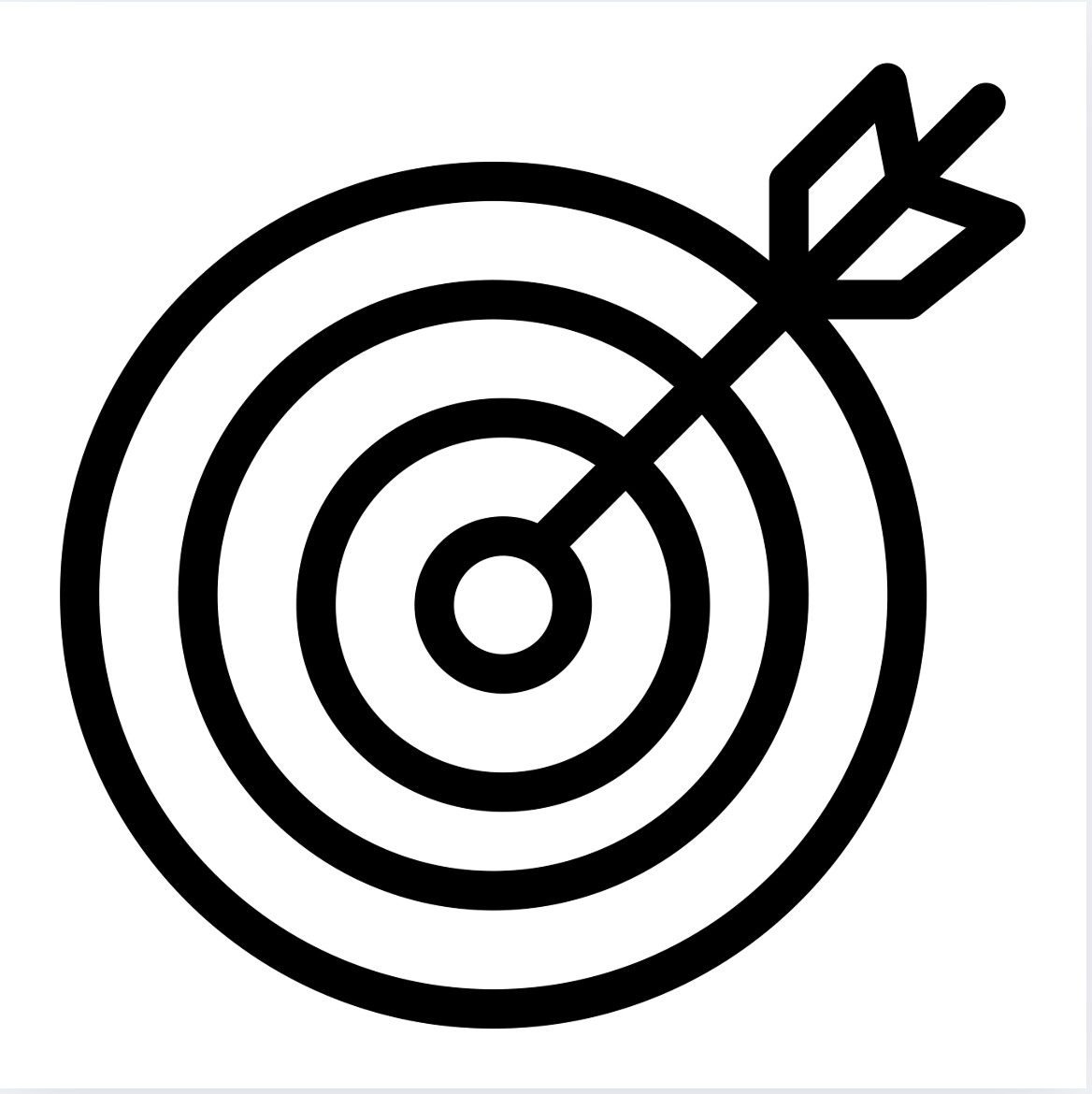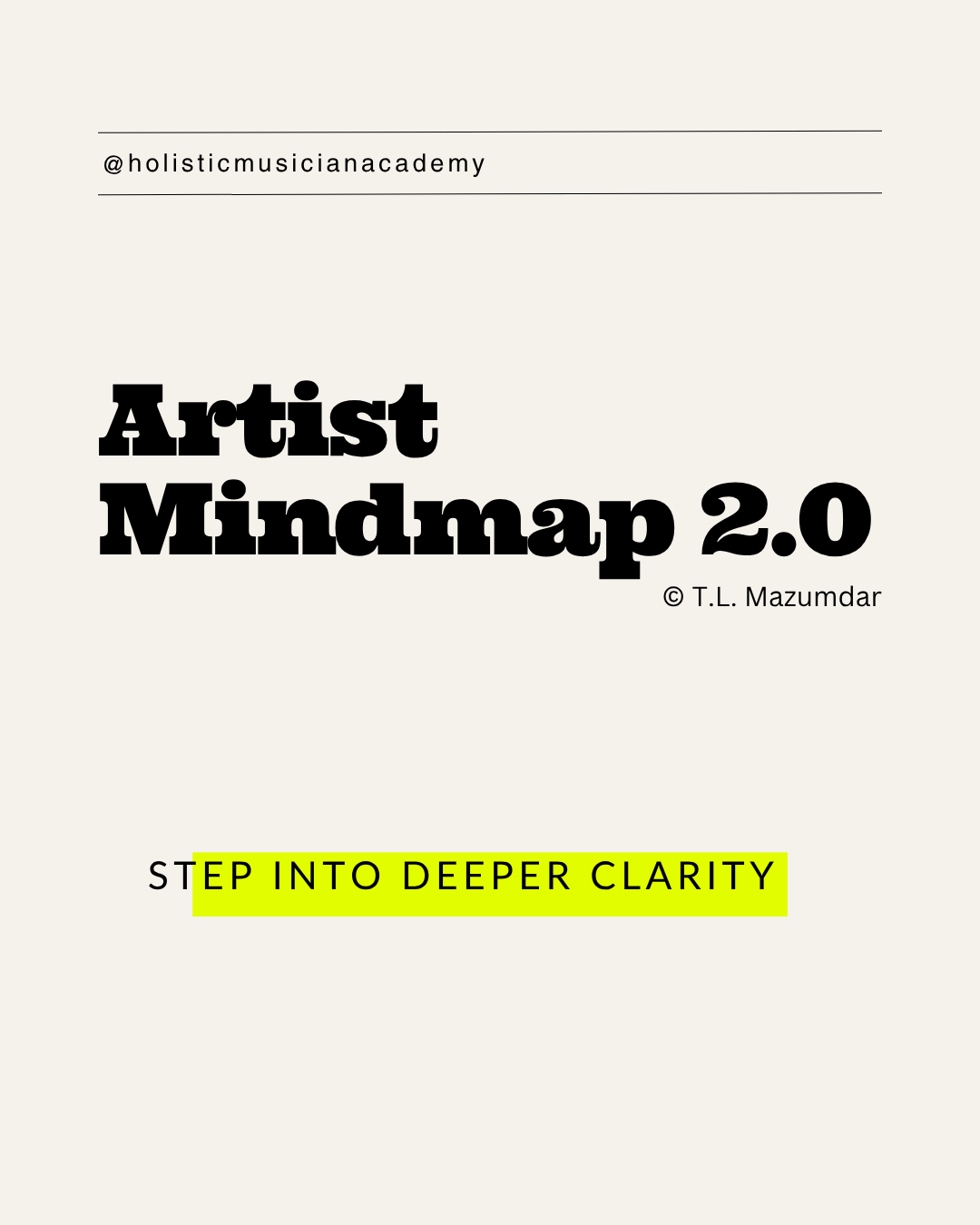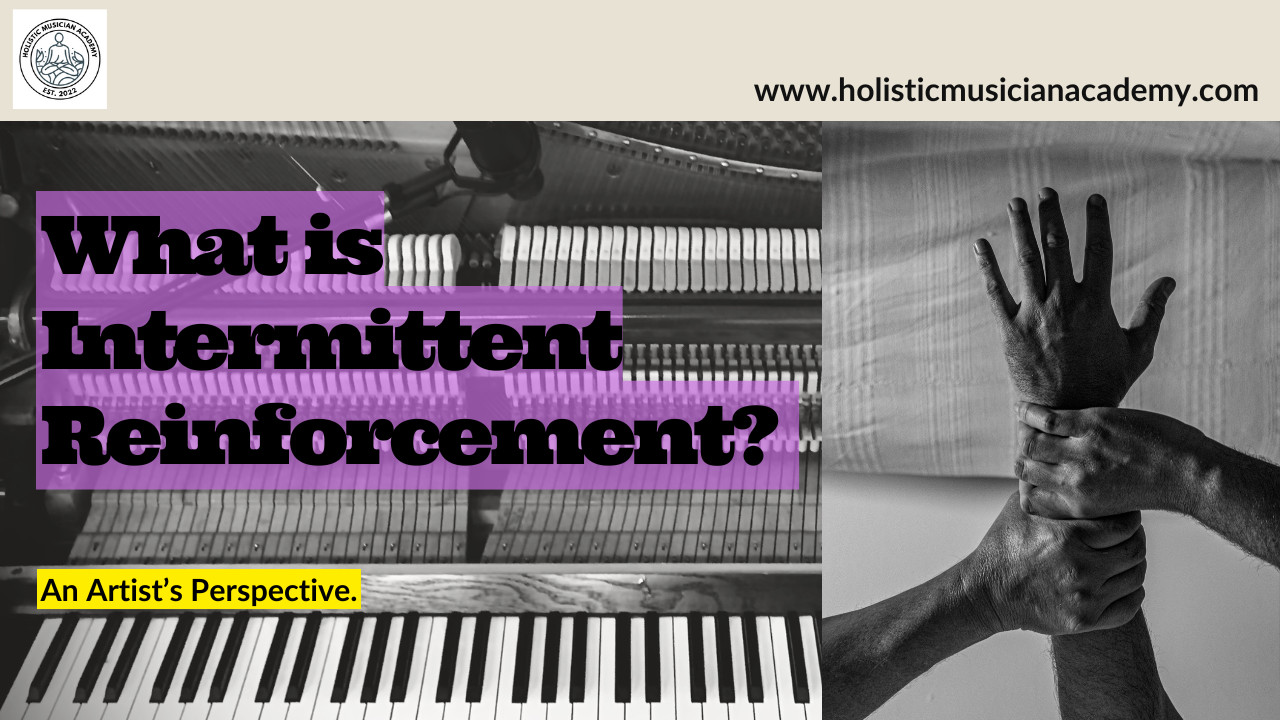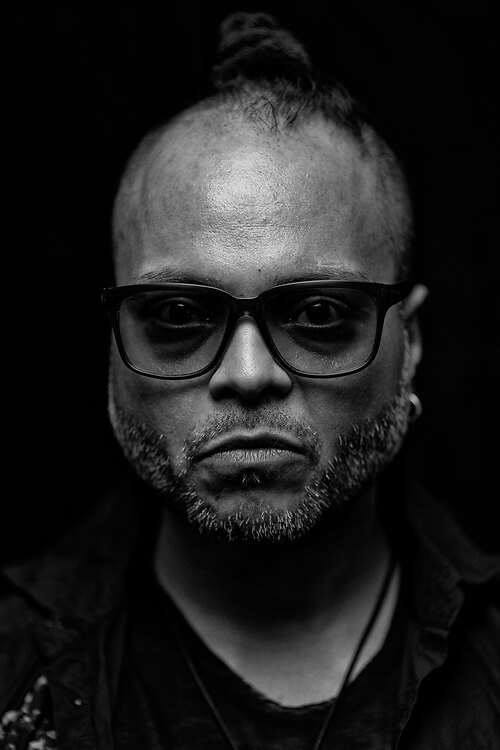
What moves great art isn’t just talent or hustle. It’s the dance between intentionality—the directed force that chooses—and awareness—the spacious clarity that sees. Confuse the two and you either white-knuckle your way into brittle work or float in pleasant vagueness. Integrate them and you get the strange, alive thing we call artistry.
“My experience is what I agree to attend to. Only those items which I notice shape my mind.” — William James
Working definitions
Intentionality is goal-directed orientation — the commitments you make. Research on implementation intentions shows that simple if–then plans can help turn goals into action.
Awareness is non-reactive monitoring of present-moment experience. In mindfulness research, it’s described as attention regulation combined with curiosity and openness — summarized as Intention–Attention–Attitude (IAA).
In short: intentionality chooses; awareness notices. When they work together, practice deepens and performance loosens.
Where intention belongs
- Use intention to set clear, concrete goals — like practicing a phrase slowly or writing one verse before lunch.
- In deliberate practice, focused, feedback-based work improves performance more than simply logging hours.
- Where intention fails is in real-time creation — like improvisation — where over-control can block spontaneity.
Where awareness leads
- Awareness is the sensory foundation of artistry — feeling the room, the ensemble, the breath, the space between notes.
- Improvisation studies show that great performance arises when self-monitoring relaxes and awareness widens.
- Mind-wandering research distinguishes between intentional and unintentional drift. The first fuels creativity; the second derails it.
Older wisdom, same truth
- Dōgen: “To study the Way is to study the self… to forget the self is to be enlightened by all things.” Practice shapes the self; performance forgets it.
- Advaita Vedānta (Śaṅkara): Rest as awareness while you act. Agency remains, clinging loosens.
- Nisargadatta Maharaj: “Awareness makes consciousness possible… consciousness is partial and changeful; awareness is total and changeless.”
This isn’t mysticism as escape—it’s a metaphysics of practice: do the work, then get out of your own way.
Common confusions artists face
- Productivity trap: Adding more goals to mask anxiety. Try pausing for two minutes to feel the body before setting one clear intention.
- Spiritual bypass: Calling avoidance “flow.” Balance freedom with deliberate structure.
- Studio freeze: Endless tweaking disguised as care. Pre-decide your review passes—then commit to finishing.
Using the WHY–WHAT–HOW framework
The CIAR model—WHY, WHAT, HOW—helps artists connect intention and awareness on three levels:
- Macro (career): WHY = purpose or values, WHAT = body of work, HOW = systems and processes.
- Meso (project): WHY = project theme, WHAT = concrete outputs, HOW = timelines and collaborators.
- Micro (session): WHY = focus or energy of the day, WHAT = key task, HOW = tools and mental approach.
At every level, intentionality creates structure; awareness keeps contact with truth.
Situations artists will recognize
- Writing under deadline: Intend to finish a verse; stay aware of tension when an honest line arrives.
- Improvising with others: Intend two musical limits; stay aware of what the group is saying through sound.
- Mixing late at night: Intend one decision per pass; stay aware of fatigue and embodiment before committing.
Five simple drills
- Red-light/green-light practice: Alternate between free play and micro-correction rounds.
- If–then card: Write three quick if–then rules for your usual distractions.
- 90-second reset: Three breaths, feel your feet, expand hearing to the farthest sound, then resume.
- Intentional mind-wander: Seven-minute phone-free walk; let ideas surface naturally.
- Session log: Before starting, write one line each for WHY, WHAT, HOW. Review after.
A closing thought
Artists grow fastest when they train intention like an athlete and awareness like a monk—then marry the two in the act of making. As Dōgen said, study the self until it’s safe enough to forget it.
The CIAR framework—built on WHY, WHAT, HOW—was designed for exactly this integration: discipline and presence, at once.
References
- Bishop S. R. et al. (2004). Mindfulness: A proposed operational definition.
- Shapiro S. L., Carlson L. (2006). Mechanisms of mindfulness (IAA model).
- Gollwitzer P. M., Sheeran P. (2006). Implementation intentions and goal achievement.
- Limb C. J., Braun A. R. (2008). Neural substrates of jazz improvisation.
- Tang Y.-Y., Hölzel B., Posner M. (2015). The neuroscience of mindfulness meditation.
- Dōgen (13th cent.). Shōbōgenzō.
- Śaṅkara (Advaita Vedānta) & Nisargadatta Maharaj (1973). I Am That.
Join my free training.







0 Comments